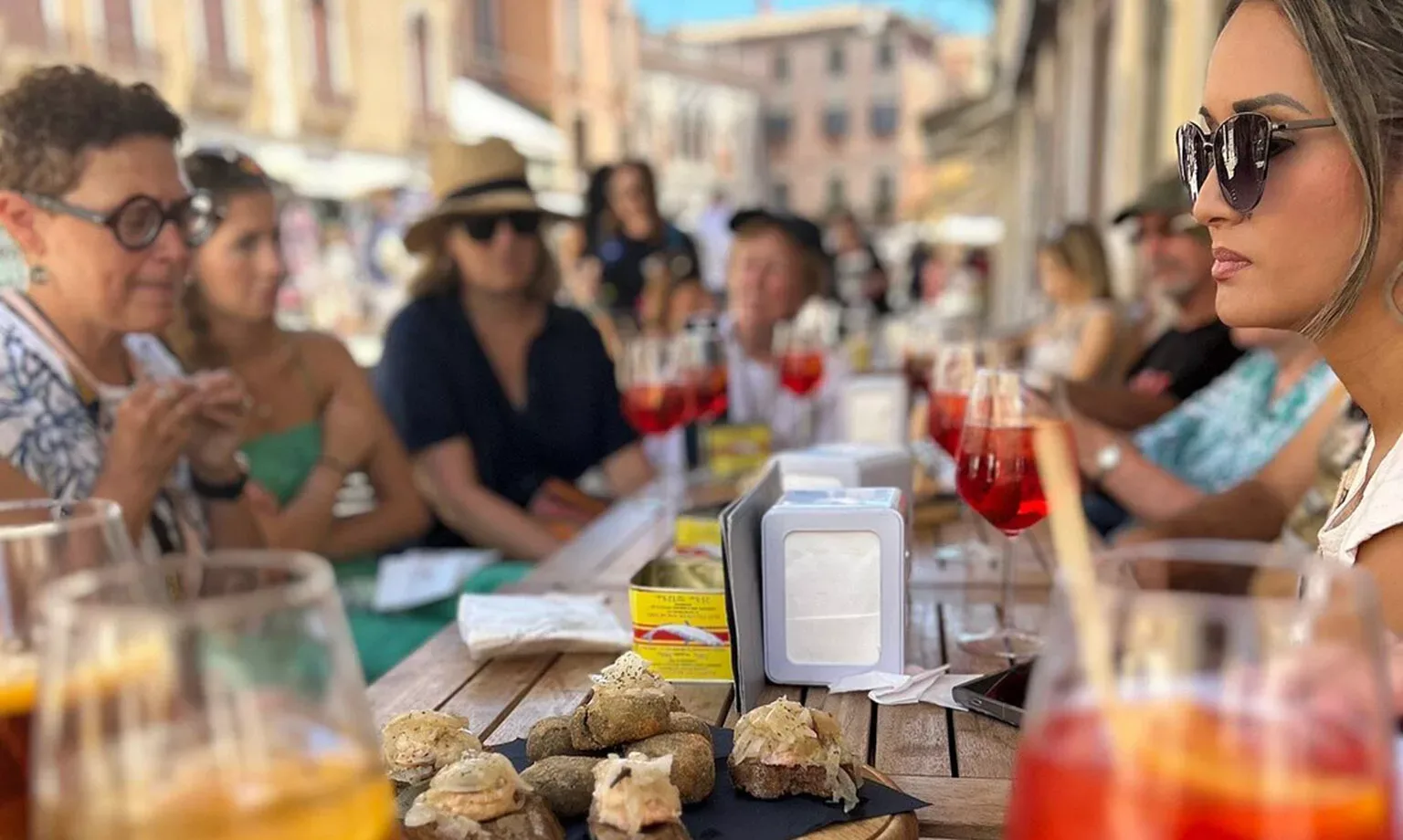Food tour company, Eating Europe, invites travellers to discover culinary delights while delving into a tapestry of tales from each region. We explore the traditional tastes of the Italian portion of the journey.
EMBARK ON A GOURMET GETAWAY
European cuisine encompasses a delightful array of flavours, ingredients, and gastronomic heritage that vary from region to region. From the inviting tavernas of Greece that serve up Mediterranean delights such as moussaka and souvlaki to the charming bistros of France where you can savour classic dishes like coq au vin and bouillabaisse, each locale offers a distinct and memorable dining experience.
However, one continental country has been synonymous with excellent food and wine for centuries: Italy. World-famous for over 350 types of pasta, Italian cuisine has numerous other elements, and Eating Europe provides insight into the broader menu with an immersive eatery experience in various cities.
Despite myriad pasta choices, the variety and depth of the cuisine available on the tours extend beyond the traditional dish, which is a fundamental part of the country’s cultural identity.
For example, arancini are fried rice balls, a beloved street food in Sicily, particularly Palermo. They were believed to have been created during the 10th century under Arab rule, exhibiting the fusion of Bedouin cooking techniques with local ingredients. Designed as a portable meal easily transported and consumed by field workers, their name translates as ‘little oranges’, reflecting their shape and colour.
Meanwhile, for those with a sweet-tooth, Sfogliatelle is a famed Neapolitan dessert pastry with a distinctive shell-like shape – the two main types are riccia (curly) and frolla (smooth). It is filled with ricotta cheese, semolina, and candied fruit with a hint of cinnamon. Dating back to the 17th century, the sweet treat was initially created by cloistered nuns on the Amalfi Coast and subsequently brought to Naples, where it became a staple of the city’s pastry offerings.
Drawing on insights such as these has been instrumental in shaping Eating Europe’s recipe for successful culinary tours.
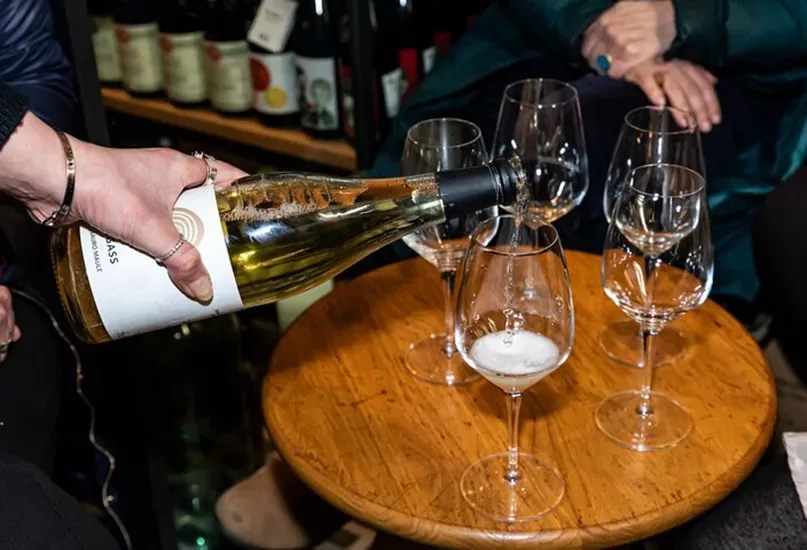
AN APPETITE FOR CUISINE AND CULTURE
Encouraged by supportive friends who appreciated his love for Italian gastronomical delights, Kenny Dunn, Founder and CEO of Eating Europe, introduced Eating Italy Food Tours in 2011, offering travellers an authentic taste of Italian life. The tours are meticulously crafted to give travellers an exceptional and genuine taste of ‘la dolce vita’, showcasing the vivid medley of Italian cuisine and culture.
The business was established in 2003 when Dunn returned to his home state of Philadelphia, US, after globetrotting for three years and collecting food stories. His adventures included cooking on the beach in Indonesia and enjoying a feast in Morocco, with food serving as a cultural bridge in every country he visited.
In 2009, Dunn relocated to Rome, where his love for European cuisine thrived. He enjoyed taking friends and family to his favourite local eateries, introducing them to memorable individuals like Armando the gelato maker, and Flavio – the chef known for his exceptional carbonara.
These adventures motivated Dunn to launch his own food tours, and success in Rome inspired him to expand to other European cities where he partnered with locals to create similar tours. This growth eventually transformed Eating Italy into Eating Europe, now offering immersive culinary experiences in 14 cities across the continent, sharing local flavours and stories with travellers. Since the business began, it has guided over 400,000 guests through the best eats in some of Europe’s most remarkable locations.
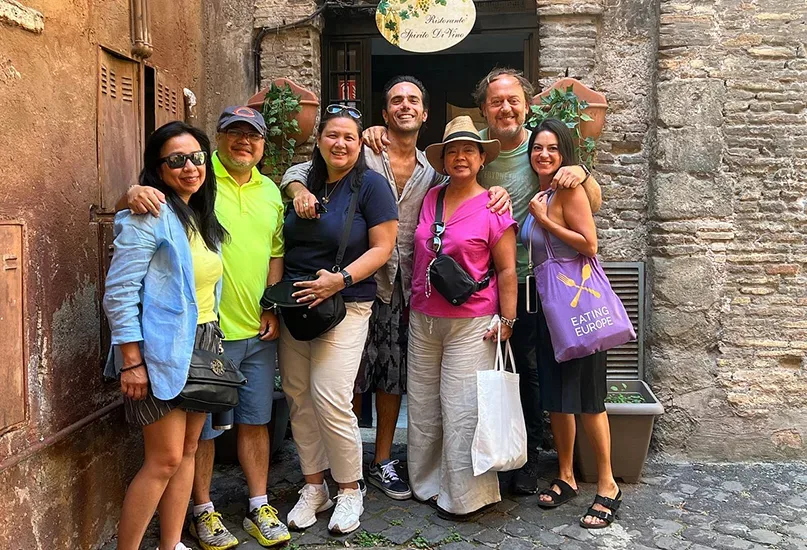
SAVOUR THE FLAVOUR
Through collaborations with local chefs, vendors, and guides deeply rooted in their heritage, Eating Europe has established a winning formula that extends beyond Italy into other countries where it has established a presence. Guests are often amazed by Italian cuisine’s rich regional diversity; each area boasts distinctive dishes and traditions.
A lesser-known but heartwarming Tuscan dish is ribollita. This hearty vegetable and bread soup embodies the resourcefulness of using leftovers and seasonal produce and reflects the depth of comfort and nourishment it provides.
Each culinary creation is steeped in its rich past and traditions. For instance, the humble origins of cacio e pepe are deeply rooted in the pastoral traditions of central Italy. Imagine shepherds seeking a meal that was easy to prepare and comprised of long-lasting ingredients.
With pecorino romano cheese, black pepper, and pasta – all non-perishable and easily transportable – they crafted a dish that not only tells a story of resourcefulness but also embodies the Roman appreciation for high-quality, simple ingredients that together create a gastronomic masterpiece greater than the sum of its parts.
Another fascinating story is that of coda alla vaccinara, a customary hearty Roman oxtail stew with vegetables and a rich tomato sauce, originating in the Rione Regola district. The vaccinari (butchers) who prepared the dish were known for using every part of the animal, ensuring nothing went to waste.
Traditionally served with polenta or bread to soak up the flavoursome sauce, coda alla vaccinara is a perfect example of cucina povera (poor man’s cuisine). Through slow cooking and careful preparation, inexpensive ingredients can be transformed into a delicious and satisfying meal.
“Through collaborations with local chefs, vendors, and guides deeply rooted in their heritage, Eating Europe has established a winning formula that extends beyond Italy into other countries where it has established a presence”
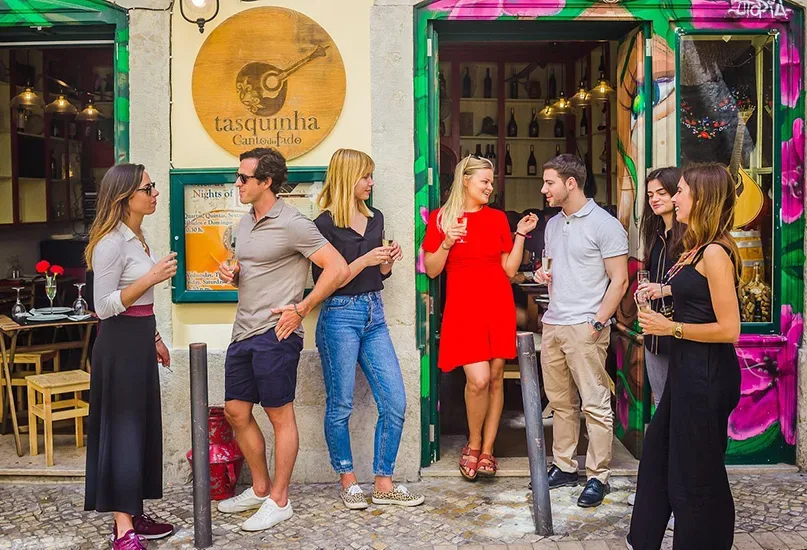
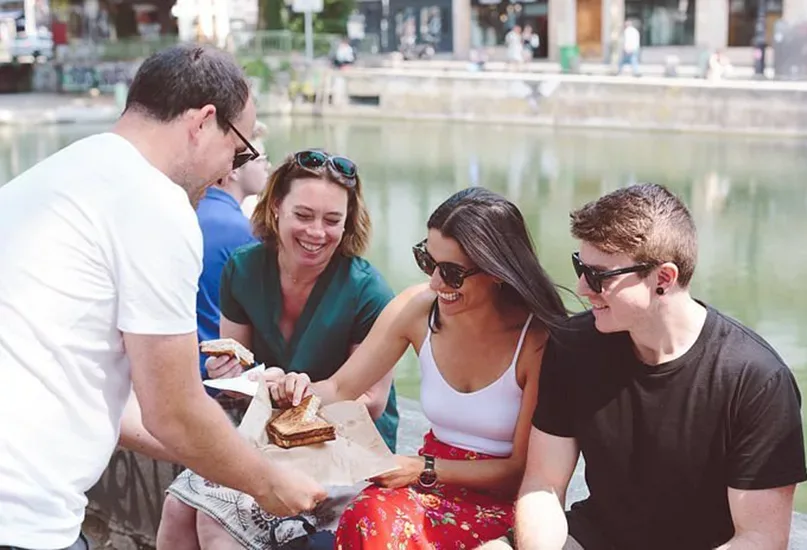
THE ESSENCE OF ITALY
The historic marketplaces in Italy are vibrant hubs encapsulating Italian culture with all-pervading aromas tempting the discerning palate. They are places to purchase goods and centres of social interaction, where locals and visitors alike come together to savour the finest quality ingredients sourced from the region and appreciate the time-honoured production methods.
Markets such as Testaccio in Rome exemplify the spirited atmosphere and significance of fresh produce, artisanal goods, and community connections – all fundamental to the country’s culture. Eating Europe meticulously chooses marketplaces that offer genuine, high-quality local ingredients and artisan products to ensure an authentic experience for its customers.
The tour company values the chance to engage with local vendors, delving into their narratives and discovering the historical and cultural importance of the market within the community. By doing so, guests gain a unique insight into Italy through the eyes of locals.
By providing an immersive experience, travellers can gain a deeper understanding of local food heritage and history. They also have the opportunity to taste a wide variety of regional dishes and drinks, which offers insight into Italian culture and daily life.
With myriad marketplaces, Eating Europe prioritises small group sizes to ensure personalised and immersive experiences for guests.
Moreover, the company searches for those who possess in-depth knowledge of culinary and historical subjects and can captivate and engage their audience. It is looking for individuals who are not only adaptable and skilled storytellers but exude a friendly and welcoming persona.
This is crucial in cultivating a comfortable and inviting atmosphere for guests, immersing them in an enlightening and enriching experience centred around local food and history, allowing Eating Europe to offer a truly inspiring and educational experience beyond simply eating.



